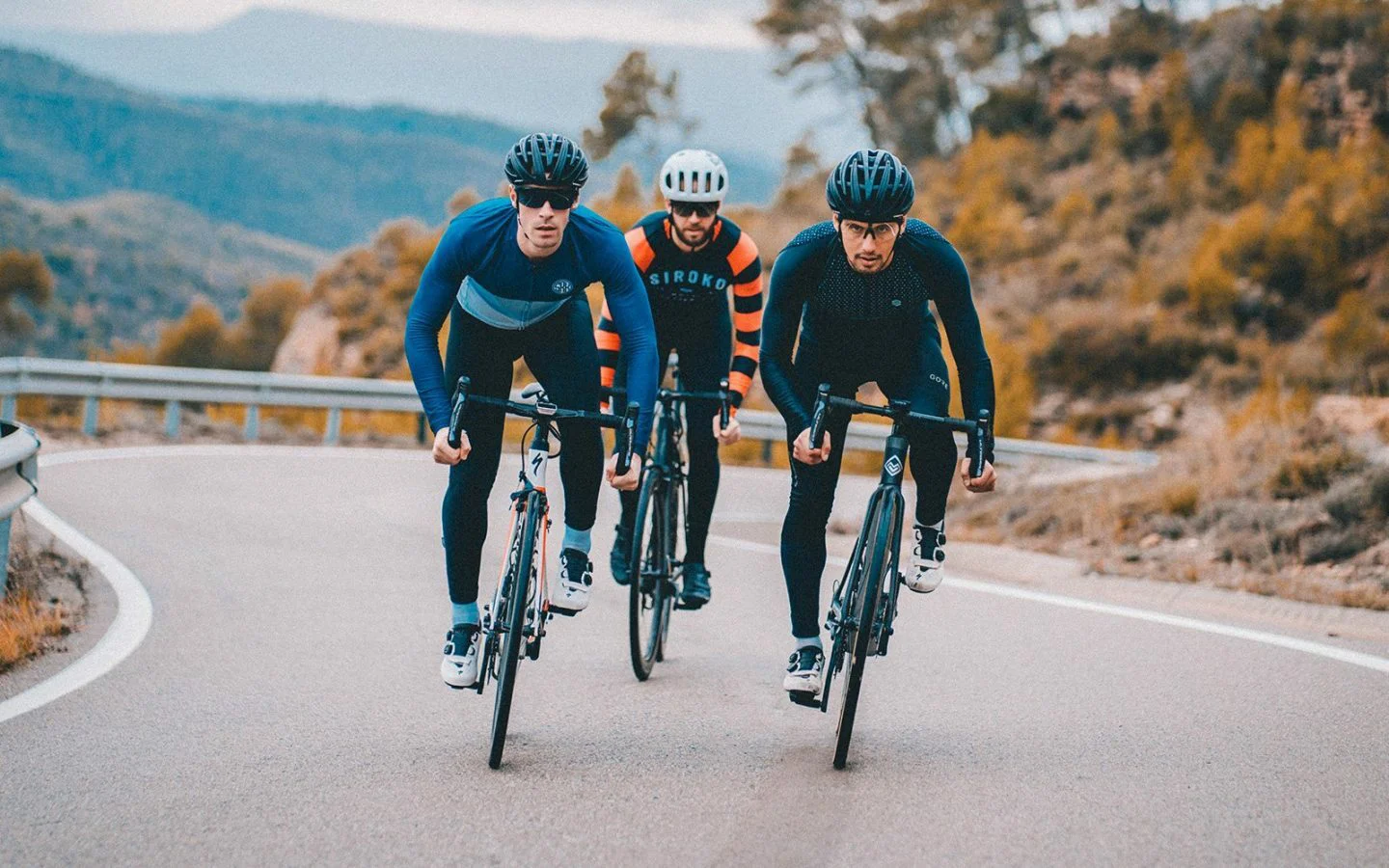Whether you choose a mountain bike or a road bike to start cycling, there is some basic equipment used in both categories and although it’s not considered as essential (apart from the helmet), it will help you feel comfortable and fully enjoy the ride.
- Safety:
A helmet can save your life and its use is mandatory in many countries. There is a wide variety of helmets and you will find adequate protection for both road and mountain cycling without having to spend a lot of money. Remember that the helmet should not move on your head, so choose the right size and a comfortable model.Rear and front lights to help you see and be seen is a must. If you use your bike a lot, consider investing in lights with USB rechargeable batteries to avoid spending a fortune on single-use batteries.
A bike lock is optional, but if you think you’ll need to protect your bike from thieves, don’t think twice and buy one so that you don’t have to worry when you park your bike somewhere on the way.
- Cycling clothing:
Bib shorts and short-sleeved cycling jersey in summer, long-sleeved in winter. Of course, you can go cycling in sweatpants and a T-shirt or a sweatshirt, but your body (especially your butt) will appreciate the extra padding in the chamois of the bib shorts and the perfect fit, breathability and ventilation offered by lightweight clothing designed for cycling. - Cycling apparel:
As the name suggests, they are not necessary. Welcome to the endless universe of: “it’s not essential but…” so for safety reasons we will only talk about two types of cycling accessories: cycling glasses and gloves.
Cycling glasses. Can I wear my regular sunglasses? Yes and no. NO if the frame is metal, and YES, if it’s plastic. In any case, sports sunglasses are more lightweight, comfortable and safe, and offer better protection against the wind than regular sunglasses.
Gloves. They aren’t essential but padded gloves will make the route more comfortable and safer in case you fall. The use of gloves is certainly advisable for mountain biking.
- Bike Repair Tool Kit:
Punctures: If you don’t have tubeless tires (with liquid inside that seals smaller punctures), you will need tire levers, a tube for your tire size and a pump to reinflate it. If you also carry a small box of patches and glue, you will be able to get home even with more than one puncture.
Multi-purpose tools with a chain breaker to be able to repair a broken chain because without it you’ll have to ride home like a kid on a push bike.
Where do we put all this? There are several options:
The old school option is to put everything in the rear pockets of your cycling jersey. It is obviously not the most comfortable option but definitely the most affordable one.The most common option is a bike bag. They come in different sizes depending on what you want to put inside. There are saddle bags, handlebar bags, top tube bags, frame bags, etc.
Tool storage bottles or pods are very handy but they use up the much-needed space in your water bottle cage(s).
- Don’t forget to hydrate and eat
You will need to carry one cycling water bottle at least but you may also choose a hydration pack and use it to carry your tool kit.
Snacks. Even if you’re only going out for 1 hour and you don’t think you’re going to get hungry, carrying a banana in your cycling jersey is never a bad idea. Energy gels and bars are another simple and practical option (please remember to always deposit your wrappers in the garbage bin).
- Smartphone
Thanks to mobiles and all the free apps (Google Maps, Wikiloc, Komoot, BikeMap, etc.) you are able to know where you are going, how many kms you are doing, plan your routes, etc. There are several useful phone holders for bike stems or handlebars. Some styles of tool bags have a double function: you can place your mobile phone as if it was in a phone holder and also store your snacks and tools.
Please know that we don’t want to convince you to start buying equipment before you get on the bike. It’s important to start with the simplest thing: pedaling. Time and practice will tell you what type of equipment you need.
We’d also like to share a last couple of recommendations for both beginners and experts: please charge your mobile before leaving for a ride and you should always carry your ID and some money just in case.




